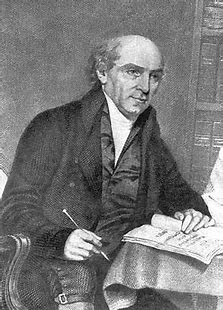Bangladesh Church History
Christianity in Bangladesh dates back to the 16th century when the first church, The Church of the Holy Name of Jesus, was built in Jessore by Jesuits with support from the local king. The Church of Bangladesh was later established, combining Anglican and Protestant churches. Today, Christianity is a minority religion in Bangladesh, with followers from various denominations. However, the early believers of Christianity in Bangladesh were likely local converts influenced by Portuguese explorers and Catholic missionaries who arrived in the early 1500s. Over time, Christianity spread among various communities, including ethnic minorities and those influenced by later Protestant missionaries during British India’s rule.


The 1700s marked a period of gradual growth for Christianity in Bangladesh. The Portuguese had established a foothold in the region as early as the 16th century, and by the 1700s, Roman Catholicism had taken root among certain ethnic groups, notably the Garo and Lushai. The Portuguese influence was particularly strong in areas like Chittagong, where they were allowed to build churches.
The late 1700s witnessed a new wave of Christian influence with the arrival of Protestant missionaries. This period was significant for the translation and dissemination of Christian texts in Bengali. William Carey’s arrival in Serampore in 1793 was particularly noteworthy. He established a mission that focused on education, social reform, and translating the Bible into Bengali and other regional languages, which had a profound impact on the spread of Christianity.




William Carey
When Englishman William Carey (1761–1834) arrived in India in 1793, it marked a major milestone in the history of Christian missions and India. Carey established the Serampore Mission—the first modern Protestant mission in the non-English-speaking world—near Calcutta on January 10, 1800.1 From this base, he labored for nearly a quarter century to spread the gospel throughout the land. In the end, his triumph was spectacular. India was transformed through his unfailing love for the people of India and his relentless campaign against “the spiritual forces of evil” (Eph. 6:12). Asian historian Hugh Tinker summarizes Carey’s impact on India this way: “And so in Serampore, on the banks of the river Hooghly, the principal elements of modern South Asia—the press, the university, social consciousness—all came to light.
Inspire
Together, we can transform lives in Bangladesh. Your prayers and support bring hope and spread Christ's love. Thank you for being a beacon of hope!
Connect
Please support us with a donation
+880 1713-703642
© 2025. All rights reserved.
Bangladesh Hope Church
Church Road, Dharenda,
Savar, Dhaka 1340,
Bangladesh
Address
